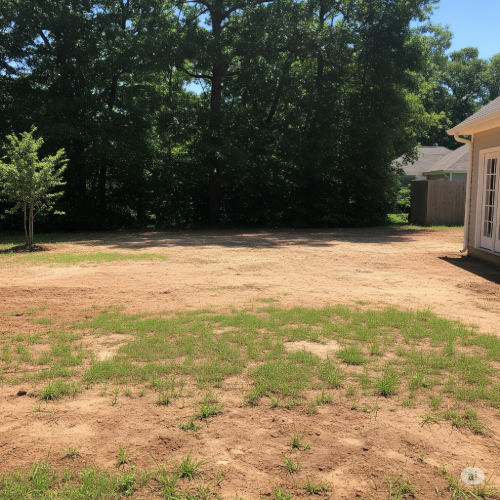Transform Your Lawn and Home with Barone Works
Located at 1045 W Algonquin Rd, Algonquin, IL 60102, Barone Works offers top-quality lawn and garden services alongside expert general contractor solutions. Call us today at +1 847/854-0300 for a free quote!

About Barone Works
Your Local Experts in Lawn Care & General Contracting
Barone Works is a trusted name in Algonquin, IL, providing exceptional lawn and garden services alongside general contractor expertise. Based at 1045 W Algonquin Rd, Algonquin, IL 60102, we’ve been serving the community with dedication and quality craftsmanship. Whether you need a pristine lawn or a home improvement project completed, our team is here to help. Call us at +1 847/854-0300 to discuss your needs!
Our Services
At Barone Works, we provide reliable and professional services to keep your outdoor spaces beautiful and your home in top shape. Whether it’s maintaining a healthy lawn or building a new patio, our experienced team is here to deliver outstanding results.

Lawn Mowing & Maintenance
Keep your lawn looking pristine with our regular mowing, edging, and maintenance services. We ensure your grass stays healthy and vibrant all year round in Algonquin, IL.

Garden Design & Care
From planting flower beds to maintaining shrubs, our garden care services bring beauty and life to your outdoor space. Let us design your dream garden in Algonquin, IL.

General Contractor Services
Need home improvements? We handle everything from deck building to patio installations and more. Trust our expertise for your next project in Algonquin, IL.

Aeration & Fertilization
Give your lawn the nutrients it needs with our aeration and fertilization services. We promote healthy growth for a lush, green lawn in Algonquin, IL.

Seasonal Clean-Up
Keep your property tidy and safe with our seasonal clean-up services, including leaf removal and debris clearing to prepare your lawn for every season.

Hardscape Installation
Add beauty and functionality to your outdoor spaces with our hardscape services, including walkways, retaining walls, and custom stonework.
Before & After
See the dramatic transformations we’ve made for our clients. From neglected yards to stunning landscapes, our team at Barone Works delivers results that speak for themselves.






Book an Appointment
Contact Us
Ready to get started? Reach out to Barone Works today!
